How much is my piece worth?
This is a good question and is often asked. The value of your piece of porcelain can have both senitmental and monetary value. The sentimental value is a tough one to determine, so sorry but you will need to establish that by yourself. In regards to monetary value, we can provide you with some information that may be helpful.
Indentification
The first thing you will need to do is to identify what you actually have in your possesion. If you are the orginal owner, hopefully you kept the purchase information. This includes: date of purchase, manufacturer, artist, and information relative to the specific line or family of the porcelain piece. A large majority of porcelain pieces also have marking on the porcelain to identify specific manufacturer and related information. The following pictures show some porcelain markings.
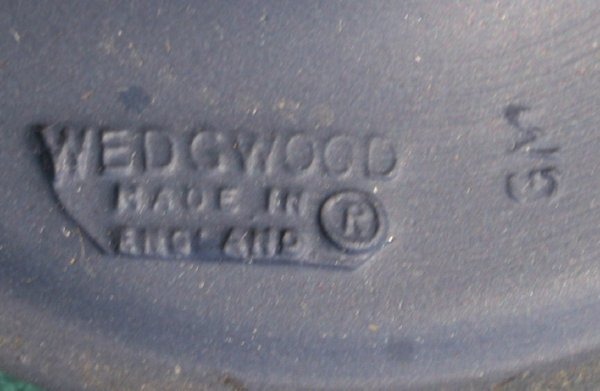

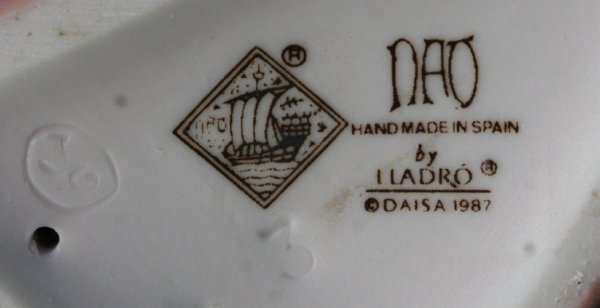

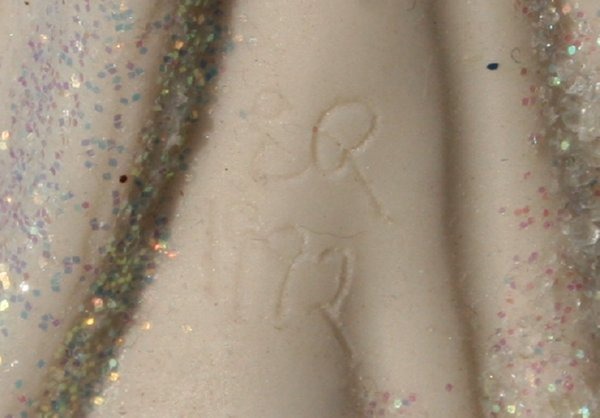

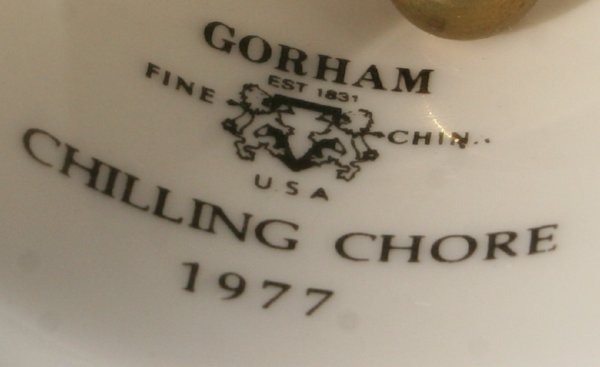

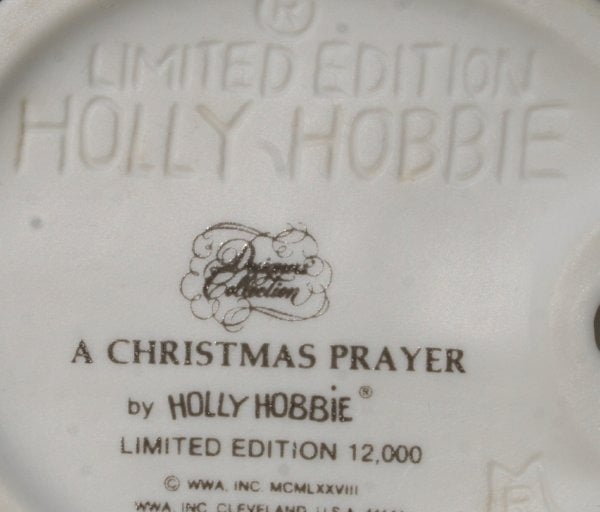

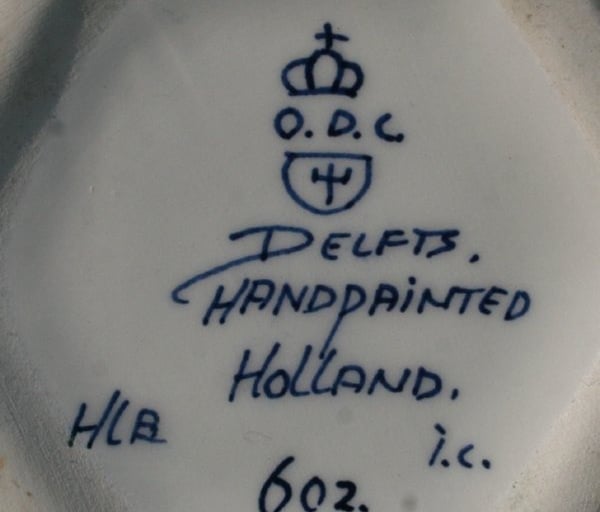

Research
If you are not able to clearly identify your porcelain piece, you will need to do some research to find out what you actually have. If you know what you have (manufacturer, date, line, etc.) you can then start to determine an approximate value. If possible, it would be helpful to determine the quantity of pieces that were made, how many still exist, have any been sold at auction, etc. As much as possible obtain written and/or printed documentation of what you find which provides a paper trail of your findings.
Appraisal
There are numerous organizations that can perform an appraisal for you. A cost associated with an appraisal may or may not be incured. Typically paying for an appraisal can result in a certified appraisal which you can use for insurance purposes. That is insuring your piece in case of theft. You should contact your insurance company to determine what is acceptable to them. In addition, a paid appraisal has the potential of being more representative of the actual value of your piece, especially if you are firm with the appraiser that you DO NOT plan to sell your piece. If you consider or let the appraiser know you are thinking about selling your porcelain piece, you have the potential of tanting the appaised value with the anticipation of the appraiser purchasing your piece at a good price. Keep in mind organizations that buy and then resell items (antique stores, consignments, etc.) typically purchase items at 50% of their true value. There are some exceptions to this approach, but you should understand this. To establish some type of value for your porcelain piece, you can establish value by comparison. That is do on-line research and more importantly view prices at brick and mortor stores and establishments. You can also review and/or attend auctions and estate sales that have the same or similar items that you have.
True Value
The internet provides many resources to find a valid price for your piece. One of the best, easiest and most widely populated website for finding the true value of your porcelain piece is EBAY. To determine a value of your porcelain piece using EBAY, you can perform an advanced search and look for transactions that have successfully been sold ("Completed Listings" in EBAY terms). Here is a link to perform an advanced search using EBAY. Another method of establishing true value, is to visit brick and mortar stores (i.e., antique store, etc.) and offer to sell you item. Most likely the store owner will ask you what you want for your piece. So be prepared and make sure you have done your homework. You should have at least an estimated high price for you item. Start with that high price. Now it is important to be strong, because what will follow is the negotiation process. The store owner will rarely just say OK I'll buy it at that price. Unless the store owner plans to keep the item for themselves, they will re-sell it. As mentioned above, typically they are looking at a 50% markup. As you go through the negotiation process, eventually you will arrive at a price the store owner will be willing to pay. This will then establish your wholesale price for your item. That is a store owner will be willing to pay that price and they will in then turn around and resell it. Keep in mind, you DO NOT have to sell your piece. You could use this approach to establish value. If you take the wholesale price and approximately double it, that will be the consumer price - or price you could anticipate get from an individual purchaser.
